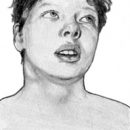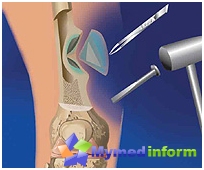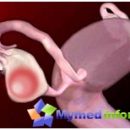Signs of intestinal obstruction in children should know and understand every mom, because the child's complaints in abdominal pain cannot be left without attention. Intestinal obstruction: symptoms in children, the main forms of illness and elements of prevention - the topic of the article.
Content
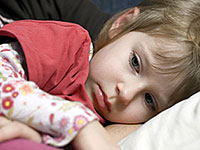
By origin
intestinal obstruction is congenital and acquired and can develop
Under the following circumstances:
- The defects of the intestinal development in the form of atresia or
stenosis; - Incagination of the intestine;
- Spicy intestine chuck or as a result of infringement
hernia; - blocking the intestines of a cool ball or
foreign body; - Closing of the intestine of the intestine.
Clinical
Picture of the disease depends on the level of obstruction. With high congenital intestinal obstruction
Symptoms in children appear soon or immediately after birth: it
Stubborn vomiting, in the vomit's masses, an admixture of bile is found, marked
Lack of or delayed stool. It is noticed that after vomiting the bloating disappears
And there is some relief. With low congenital obstruction on
The foreground is such signs as a stool delay, the bloating of the abdomen and
Strengthening peristaltics, then joins vomiting with bile.
Among
various forms acquired by the main sign of intestinal obstruction in a child during late diagnosis is considered
Perforation of intestines with the development of peritonitis.
Intestinal obstruction: Mechanical and dynamic
IN
Practical activities Children's surgeons face various types of acquired
Intestinal obstruction:
- Favoric obstruction has a bright clinical
Picture, reminiscent shock and toxicosis at an early age. Catching occurs
Abdominal pain, stubborn indomitable vomiting, enhancing peristaltics. Soon added
pronounced intoxication with abundant vomiting, the so-called «Kalova Vomot», Intestinal
Peristalistics weaken. Later the stages of the disease are characterized
multiple vomiting, moderate bloating and abdominal asymmetry, lack of
Intestinal work. Diagnosis in this case is carried out using
Traditional X-ray method, and the most informative diagnostic criterion
It is customary to be laparoscopic examination of the entire abdominal cavity. - Intussusception — This combined impareness type
in children with elements of the infringement of the mesentery and the closure of the intestine invaginat, in
whose quality is part of the intestines. Depending on the place
The locations are distinguished by sublicatical and thick-current invagination. Typical
Symptoms of such a form are represented by parotid abdominal pains that
Start suddenly against the background of general health. In this case, the attack may also
Suddenly end, as it began, but repeated after a while already
with strengthening vomiting, which is associated with the impairment of the mesentery of the intestine or with full
obstruction of intestine. The temperature and chair in the child remains normally, later
Time from the rectum appear mucous membranes with blood. - One of the most frequent unpretentious forms
Intestinal intestines — Dynamic, may look like
spastic or paralytic. Develops more often in children in postoperative
Period, characterized by repeating vomiting, progressive bloating,
Stool and gases, intoxication. The stomach is soft, the peristalsis is weak,
High standing diaphragm provokes difficulty breathing. Treatment with such
The form of obstruction is directed to the fight against the adamius of the intestine. - Obstructive obstruction in most
Cases due to coprostase, otherwise — closing the intestinal lumen kalov
masses occurs in children at different ages. The main reason is considered a violation
Conditions and diet of food contributing to the formation of calmic stones. Differential
Diagnostics is carried out with intestinal tumor. - Rarely found view of the intestinal
obstruction — This is a disease resulting from the glitstic invasion,
When the broaching parasites close the intestinal lumen.
Prevention of intestinal obstruction
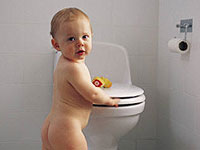
Prevention
Intestinal obstruction — This is, first of all, care for the child and healthy
food. Preventive measures suggest:
- Active and healthy lifestyle of children and their
parents; - Balanced mode and diet,
enriched with fiber, fruits, vegetables, vitamins; - timely medication;
- Prevention of infection and destruction
Glice invasions;


